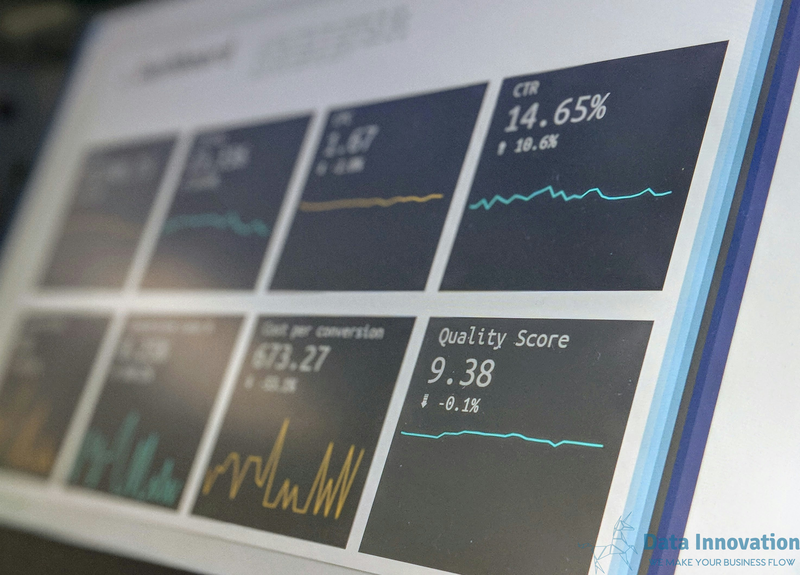Business Process Transformation Through Data: An Analysis From an Optimization Expert’s Perspective
In the realm of modern business, the ability to adapt and evolve has been dramatically propelled by the strategic use of data. Expert analysis of business processes through data science not only optimizes existing operations but also projects future market trends and anticipates competitive movements. In this context, we will explore how data visualization, ETL (Extract, Transform, Load) processes, and market predictions are redefining the business landscape.
Data Visualization: Clarity in Decision-Making
Data visualization has transcended the function of simply representing information; it has become a critical strategic tool for decision-making. Tools such as Tableau and Power BI enable executives to visualize complex data sets in comprehensible and actionable formats. For example, a Tableau dashboard could display sales performance by regions, correlating sales peaks with specific advertising campaigns, thus allowing to identify which strategies yield the best return on investment.
ETL Processes: Data Fusion in Operational Synergy
ETL processes are fundamental for integrating data from various sources, transforming it into a uniform format, and loading it into a system that facilitates analysis and insight extraction. Imagine a multinational company that collects vast amounts of operational and customer data across multiple touchpoints. Using advanced tools such as Apache Spark to handle large volumes of data or Alteryx for more refined analytical workflows, ETL helps to transform this data into a coherent structure that reveals operational patterns and anomalies, thus optimizing the entire supply chain.
Market Predictions: Anticipating the Future
Data science not only explains the present but also predicts the future. Using predictive models built on platforms such as TensorFlow or Scikit-Learn, companies can anticipate market trends and consumer behaviors. For instance, a market simulation based on historical and current data could help forecast the demand for a new product, adjusting production and logistics accordingly to maximize efficiency and minimize waste.
Case Study: Implementing a Comprehensive Solution
To put these concepts into a practical framework, consider a retail company implementing a data science solution from scratch. Figure 1 (fictitious representation) displays an internal dashboard that integrates sales, logistics, and customer feedback data, generated through a visualization tool like Power BI. This dashboard not only provides a comprehensive view of the operation in real time but also highlights areas of concern and opportunity, guiding strategic decisions from a unified platform.
Conclusion
Data science is revolutionizing the way businesses visualize, process, and anticipate. In a rapidly changing business world, the ability to adapt and enrich business processes through data science tools is not just a competitive advantage, but an imperative necessity. Companies that invest in these capabilities will not only be better equipped to tackle present challenges but will also be strategically positioned to lead the market in the future.
¡Let’s talk today https://datainnovation.io/contactar/!
Source: Link


